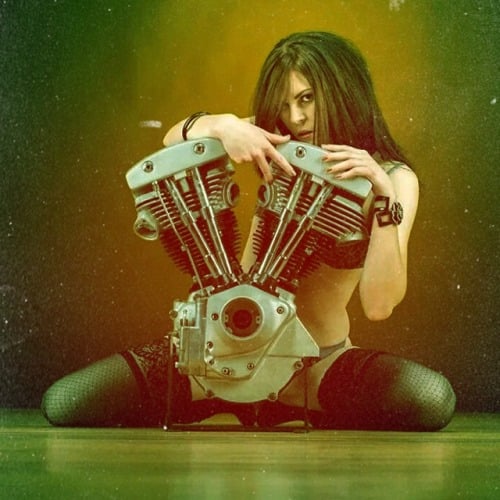100 WFC: Taking care of busyness
100 word fiction contest continues…. #100WFC Taking care of busyness by Steven Sanner There she lay. She had been there waiting for the touch of his hand for a long time. He had said she was the love of his life, but he hasn’t shown any interest in a long time. His excuses kept piling […]
100 WFC: Taking care of busyness Read More »

